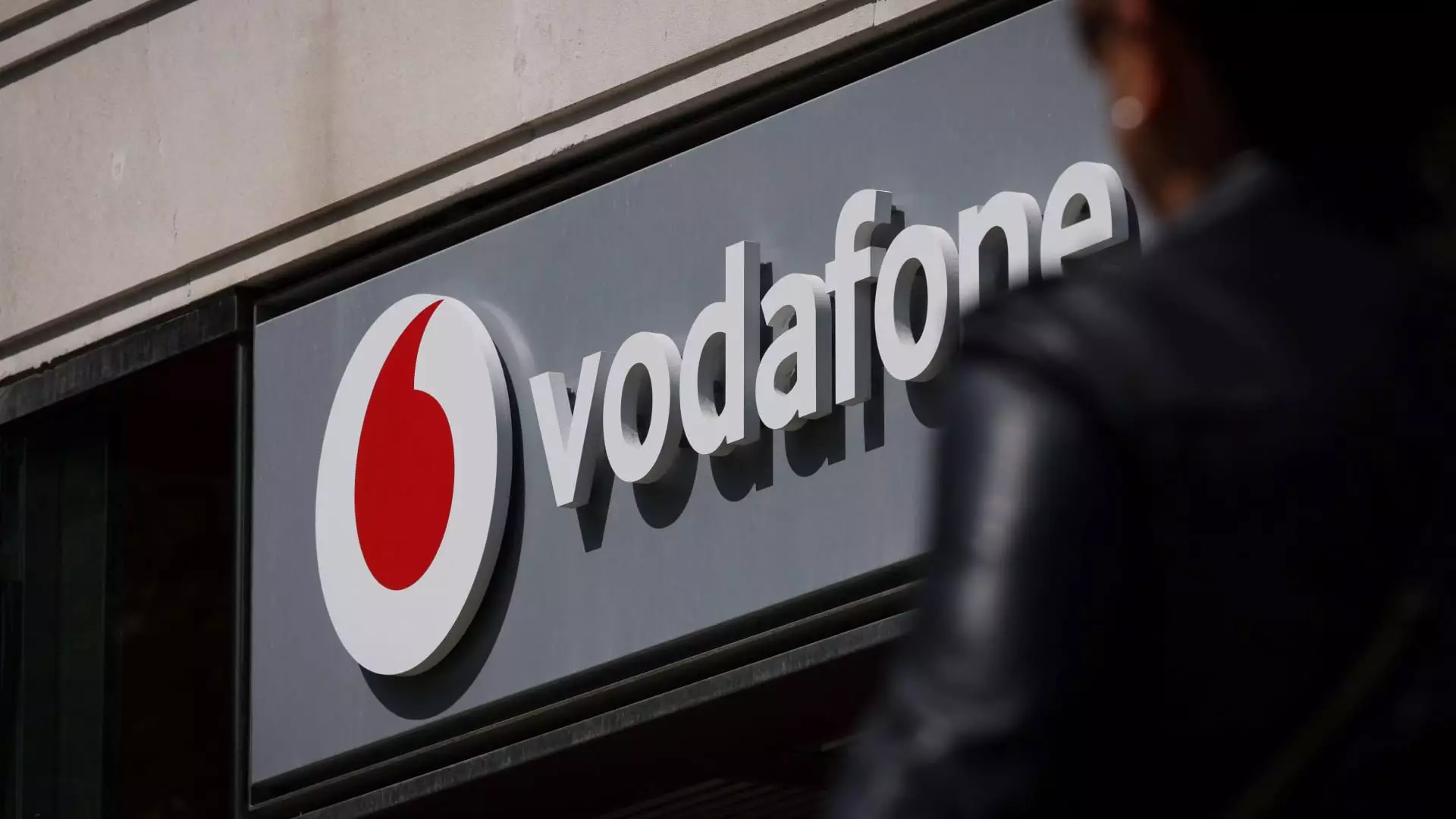In a landmark decision, Britain’s Competition and Markets Authority (CMA) has granted approval for the proposed merger between telecommunications giants Vodafone and Three, a deal valued at an astonishing £15 billion ($19 billion). This approval did not come without conditions, however; the CMA stipulated that the merging entities must commit to significant investments aimed at establishing a robust 5G network throughout the UK. The decision signals a transformative moment in the telecommunications landscape, as the proposed merger stands to reshape the competitive dynamics of the market.
The anticipated union of Vodafone and CK Hutchison’s Three UK network will result in a powerful telecom entity controlling around 29 million customers, making it the new market leader. This merger consolidates the UK’s telecom providers from four major players down to three, a shift that raises questions about competition, service levels, and pricing within the sector.
The Regulatory Journey: Scrutiny and Approval
The path to approval for the merger has been fraught with regulatory scrutiny. Initially announced in the previous year, the CMA opened an antitrust investigation earlier this year, which culminated in an in-depth review during the spring. Concerns about reduced competition and potential price increases loomed large, especially given that a decreasing number of providers could lead to monopolistic behavior. The CMA has proposed specific remedies, paving the way for the merger, which involve binding commitments by Vodafone and Three to invest billions into network infrastructure and to ensure tariffs remain stable for consumers.
According to the CMA, this merger could enhance competition in the mobile sector—provided that the companies adhere to the agreed-upon measures. This outlook is cautiously optimistic, as remarked by Stuart McIntosh, the chair of the inquiry group overseeing the investigation. It’s crucial to focus on how these commitments will be implemented and monitored moving forward.
Consumer market analysts have responded positively to the merger’s approval. Kester Mann from CCS Insight believes that the consolidation reflects not just a shift in market leadership, but also a crucial step in bolstering the UK’s telecommunications infrastructure. Vodafone has expressed its commitment to invest approximately £11 billion to develop the necessary technology and services needed to cater to modern consumers’ demands. Vodafone’s CEO, Margherita Della Valle, emphasized that this merger would create a new powerhouse in the UK telecom industry.
Despite the optimistic outlook, analysts like Paolo Pescatore caution that the full benefits may not be immediately visible. The complexities of merging operations, aligning corporate cultures, and building infrastructure mean that consumers will not instantly reap the rewards of cheaper prices or better services. This sentiment reflects the reality of corporate mergers, which often require time to realize their intended outcomes.
One of the conditions tied to the merger approval involves offering pre-set contractual terms to mobile virtual network operators (MVNOs). These companies rely on larger networks to provide services at competitive prices. The CMA directive to cap certain mobile tariffs and maintain stable wholesale service prices for MVNOs is particularly noteworthy, as it aims to preserve a competitive landscape for smaller operators even as the market consolidates.
Maintaining a healthy ecosystem for MVNOs is essential; it fosters innovation and prevents major players from becoming complacent. Analysts will be keen to observe how Vodafone and Three navigate this environment post-merger and what this means for smaller operators looking to maintain or expand their market presence.
The Vodafone and Three merger represents a seismic shift in the UK telecommunications market. With a combined customer base and a commitment to extensive investment in infrastructure, the potential benefits of this merger are immense. However, the journey ahead involves overcoming significant operational and regulatory challenges. Stakeholders must keep a watchful eye on implementation and competitive behavior in the aftermath of this decision to ensure that the anticipated advantages are realized for consumers and businesses alike. Ultimately, the infusion of investment in network infrastructure could propel the UK into a new era of connectivity, innovation, and competitive dynamics within the telecommunications sector.

